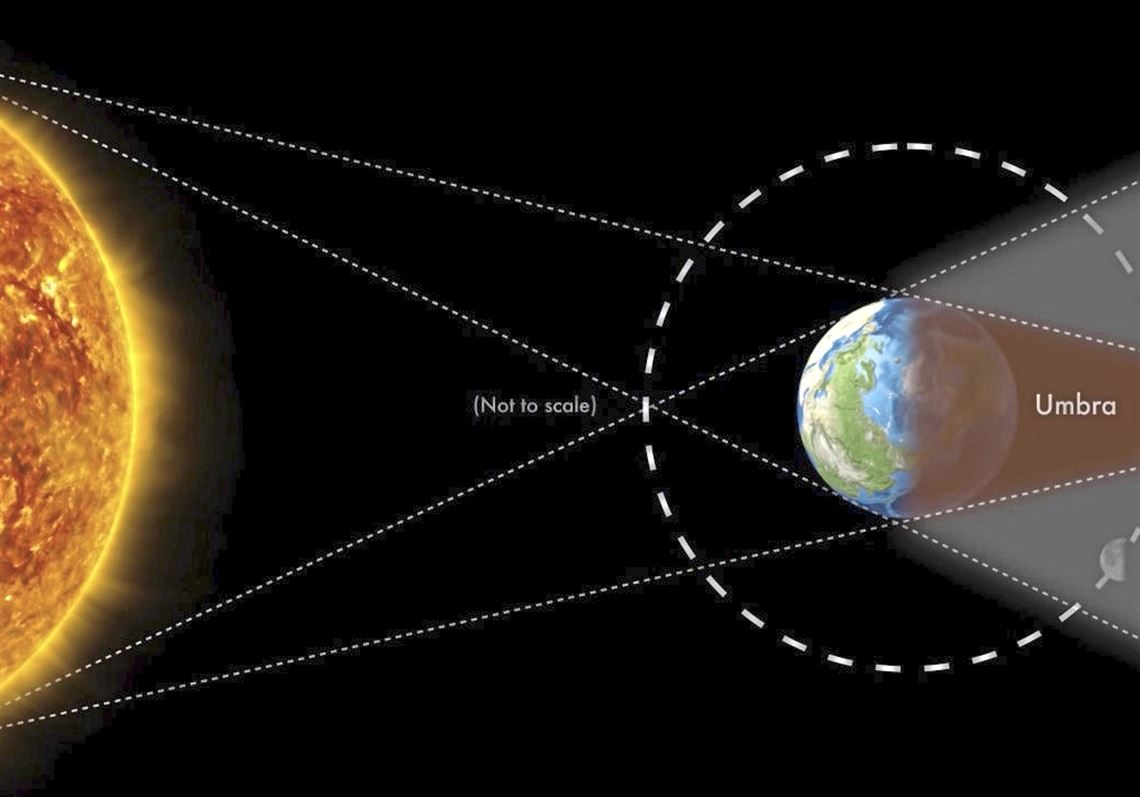

There are three kinds of solar eclipses: total, partial, and annular. There are between two and five solar eclipses every year. Solar eclipses can only occur during a New Moon when the Moon moves between Earth and the Sun, and the three celestial bodies form a straight line: Earth–Moon–Sun. In recent centuries, scientists and astronomers follow eclipses in order to study and examine our natural world.Įclipses and Transits 1900-2199 Solar Eclipses In ancient times, eclipses were seen as phenomena to be feared – many cultures came up with stories and myths to explain the temporary darkening of the Sun or the Moon. The term eclipse also finds its roots in ancient Greek-it comes from the word ékleipsis, meaning to fail or to abandon.Įclipses, solar and lunar, have fascinated scientists and laypeople for centuries. Astronomers call this a syzygy, from the ancient Greek word syzygia, meaning to be yoked together or conjoined. These occur when the Sun, Earth, and the Moon align in a straight or almost straight configuration. Elsewhere in the Americas-from Alaska to Argentina-a partial eclipse will be visible.įrom Earth, we can see two types of eclipses-eclipses of the Sun (solar eclipses) and eclipses of the Moon (lunar eclipses). On October 14, an annular solar eclipse will sweep across the Americas.Īnnularity, where the Sun forms a ‘ring of fire’ around the Moon, is visible along a narrow path that crosses the USA, Mexico, Central America, Colombia, and Brazil. ©/Hans-Walter Untch October 14, 2023: Annular Solar Eclipse

Business Date to Date (exclude holidays).
Moon eclipse update#
Update 11:23 PDT: Starting now, if you visit the Google homepage you’ll see a special interactive doodle, which will update throughout the day to show the latest state of the moon. For everyone else, we hope our moon madness helps brighten your day. If you're fortunate enough to be able to view this event in the sky, we hope you'll get the chance to step outside and indulge in the spectacle.
Moon eclipse android#
Finally, those of you on the go can download the Slooh Space Camera Android app to view the images right on your phone. You can also watch the live stream on the Google YouTube Channel or from the Sky layer in Google Earth (download this kml), while exploring the fascinating world that exists in our galaxy. It’s equipped with audio narrations from real-life astronomers so you can hear a firsthand, expert account of the event. Slooh will host a live mission interface using Google App Engine that lets anyone not lucky enough to live in certain areas (South America, Europe, Africa, Asia and Australia) take part in this rare astronomical event. We suspect we aren’t alone, so you’ll be glad to know that we’ve worked with Slooh Space Camera to let you experience the spectacle wherever you are in the world, in real time. We’re always fascinated by the unique wonders of space and the world-what can we say, it’s the geek in us! Naturally, when we learned that part of the world will be treated to a rare 100-minute long total lunar eclipse starting at 11:20am PDT today, we were both excited and disappointed that this rare occasion wouldn’t be visible from our Mountain View campus like last year’s eclipse.


 0 kommentar(er)
0 kommentar(er)
